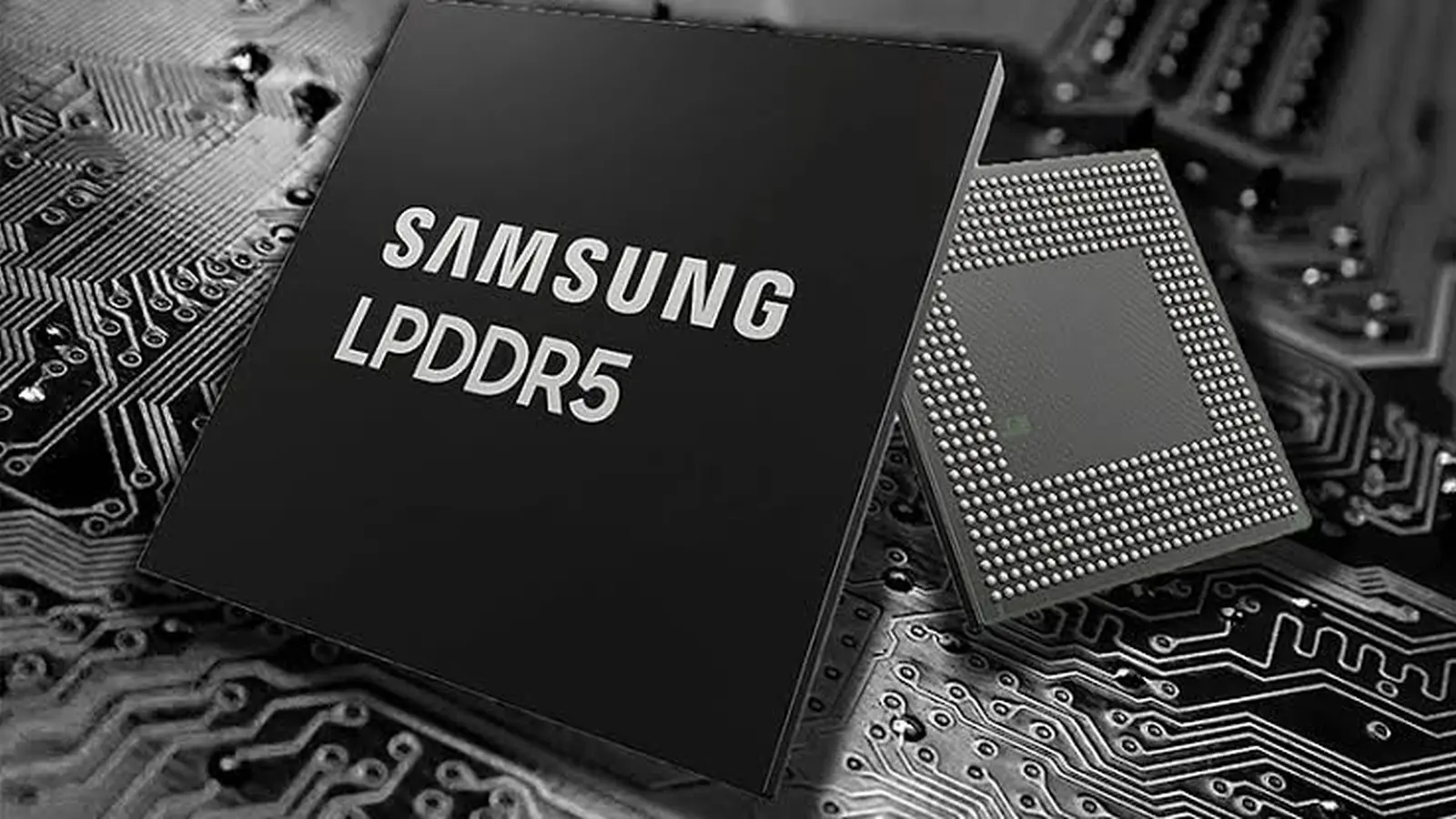3 Minutes
Samsung has reclaimed the top spot in the global DRAM market after a strong Q3 2025 performance, driven by surging demand for memory used in AI and data-center applications. The company posted nearly $14 billion in quarterly revenue and widened its market lead over close rival SK Hynix.
How Samsung pulled ahead again
After being briefly overtaken earlier this year, Samsung bounced back with Q3 revenue of $13.942 billion — a roughly 30% quarter-on-quarter increase — lifting its DRAM market share to 34.8%. That rebound reflects improved product momentum and favorable pricing as memory suppliers respond to skyrocketing demand for AI training and inference systems.
What changed since the earlier shakeup?
Earlier in 2025, Samsung slipped behind SK Hynix primarily because high-bandwidth memory (HBM) sales were slower than expected. HBM3e shipments struggled to gain traction while key customer approvals, including those from major AI chip buyers such as NVIDIA, were delayed. Once approvals and customer ramps began to clear, Samsung’s DRAM business regained momentum.
Still a two-horse race
SK Hynix remains a formidable rival. The company reported Q3 DRAM revenue of about $13.79 billion with a 34.4% share — barely behind Samsung. The tight gap means the market crown could flip again as both vendors scale capacity and chase premium HBM and server-memory contracts.
- Samsung Q3 2025 DRAM revenue: $13.942 billion (34.8% market share)
- SK Hynix Q3 2025 DRAM revenue: $13.79 billion (34.4% market share)
- Samsung’s QoQ revenue jump: ~30%
Why margins are improving — and why it matters
Memory suppliers are in the middle of a price cycle driven by intense AI-related demand. Samsung has reportedly raised prices on certain memory products by as much as 60% in response to tight supply for HBM and server DRAM. Those price increases are translating directly into higher revenues and healthier margins for vendors that can meet volume and quality requirements.
For enterprises building AI infrastructure, that translates to higher system costs but also faster performance gains — a trade-off many hyperscalers and chipmakers appear willing to accept as models grow in size and complexity.
What to watch next
Expect the coming quarters to remain volatile but lucrative. Key indicators to follow: HBM3e approval and adoption rates among major AI customers, inventory levels at cloud providers, and any capacity expansions announced by Samsung or SK Hynix. If demand keeps outpacing supply, price stability is unlikely — and vendors with early access to HBM customers will have a significant advantage.
Ultimately, the DRAM leaderboard is back to a close contest. Samsung has the crown for now, but the race is far from over.
Source: sammobile


Leave a Comment